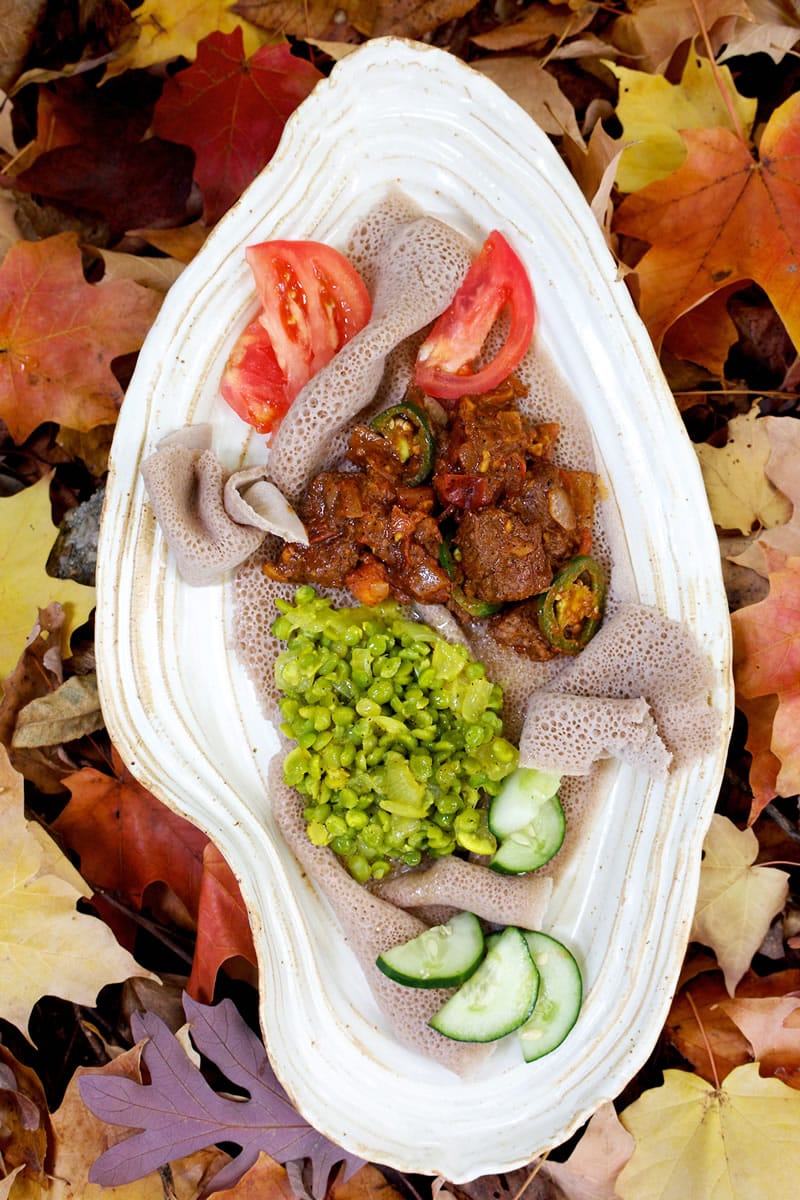One important test of the recipe: How cheaply could we make the Ethiopian meal?
I ordered one of ScratchDC’s twine-tied “bundles” — a $28 box of the ingredients for awaze beef tibs with kik alicha. Then I re-created the meal twice with ingredients from the grocery store, trying to match the organic and locally sourced items that ScratchDC favors.
Then I made the dinner once more, on the cheap. I bought ingredients at Snider’s Super Foods, a reliable supermarket that sells affordable meats and produce. Snider’s does not carry bulk spices, so I bought (ugh) little plastic containers of spices and calculated the percentage of each one I used.
For the record, I spent $60.83 on ingredients. The amount of that food I actually used in the recipe totaled roughly $18.91, a good $9 (and 32 percent) cheaper than the ScratchDC kit.
The biggest price break came, as expected, with the meat. I shelled out $13 for grass-fed, hormone-free sirloin at Whole Foods; this time, I paid $6.71 for store-brand boneless sirloin. I saved on butter, onions and tomatoes, too. But I did not try to figure in transportation costs.



